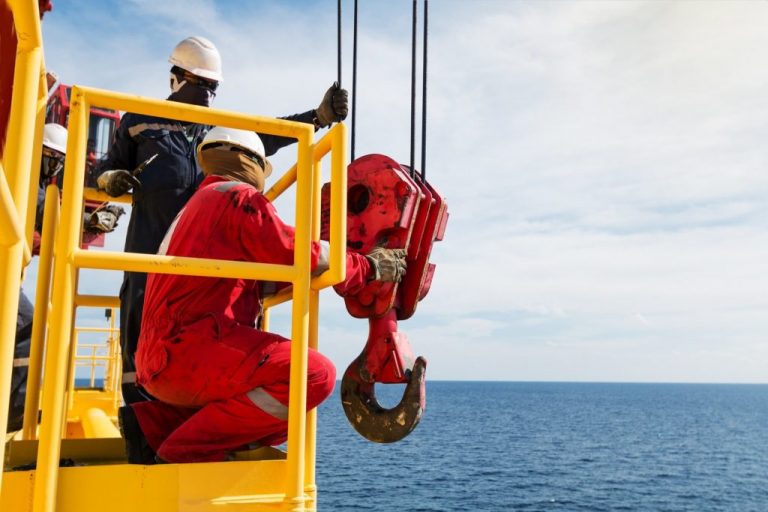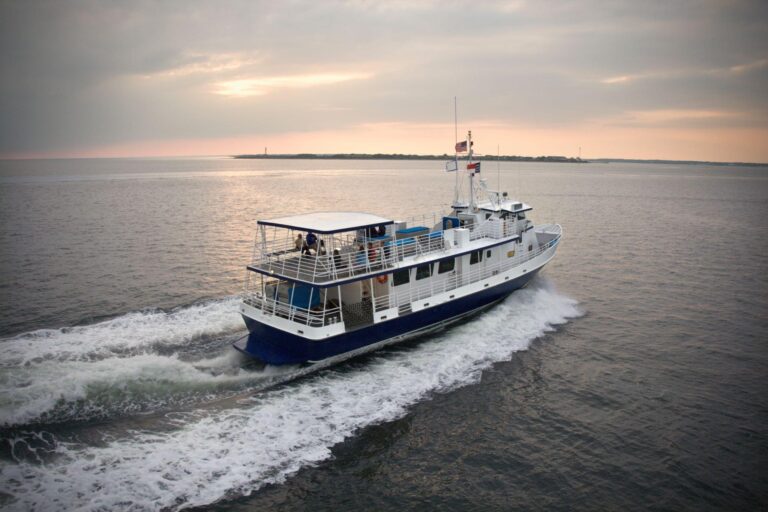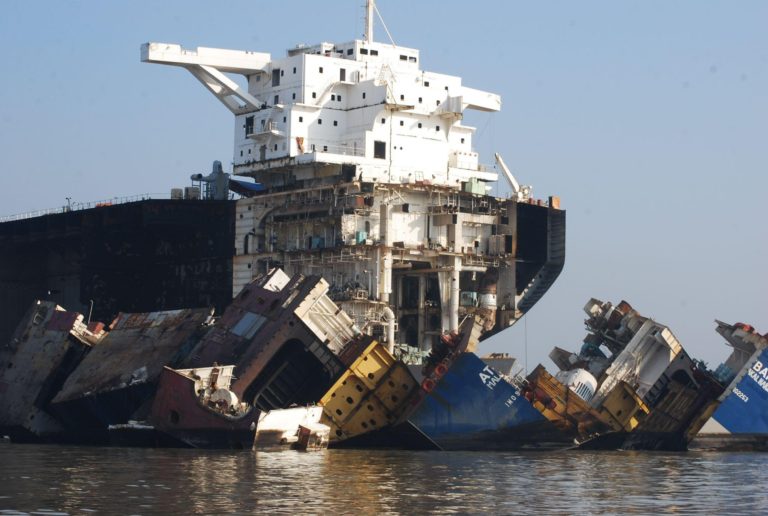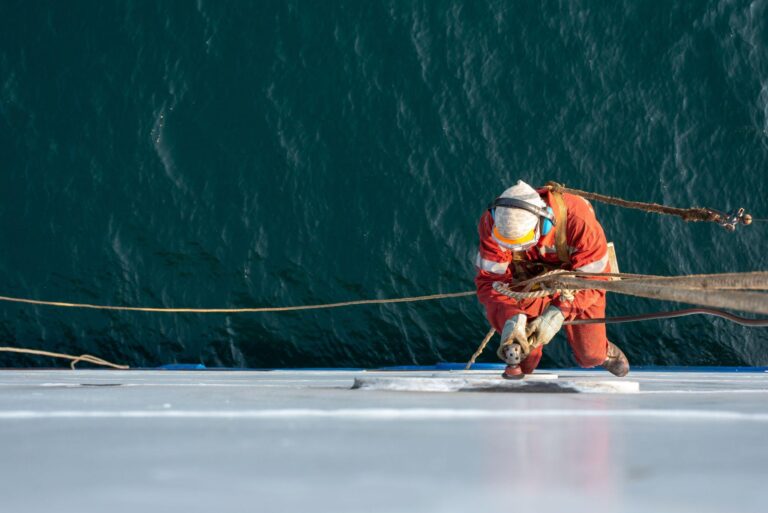Workplace injury among employees in the maritime industry is covered by more than one type of law. For those workers who have sustained an injury while on the job, the differences between the two options are critical to understand, as they directly affect the amount of compensation able to be recovered by a maritime attorney for personal injury.
Seaman vs. Maritime Employee
As an employee at sea, you will fall under one of two classifications: you will either be a seaman, or you will be a maritime employee.
Definition of a Seaman
A seaman is any employee at sea who works as a captain of a vessel or as a crew member on that vessel for a significant amount of time during their course of employment. The vessel on which the person works must be in operation on navigable waters, and it must be afloat and capable of moving.
In other words, although the vessel doesn’t have to be in motion on the water, it cannot be in a dry dock or out of the water in any other way. Some common vessels on which a seaman would work include shipping boats, jack up barges, and oil rigs. Seamen who become injured on the job can receive compensation under the Jones Act.
Definition of a Maritime Employee
A maritime employee is one whose job is related to a vessel in some way. The jobs of maritime employees are classified as “traditional” jobs. An example of a traditional job would be a longshore worker or a ship breaker. To simplify, any person whose job involves the repair, construction, or loading and unloading of a vessel would be classified as a maritime employee.
Maritime employees who become injured yhuon the job can receive compensation under the Longshore and Harbor Workers’ Compensation Act (LHWCA), which is a federal law.
Details of the Jones Act
This federal maritime law allows injured seamen to receive damages for negligence on the part of their employer. Employers have two responsibilities that must be met for seamen:
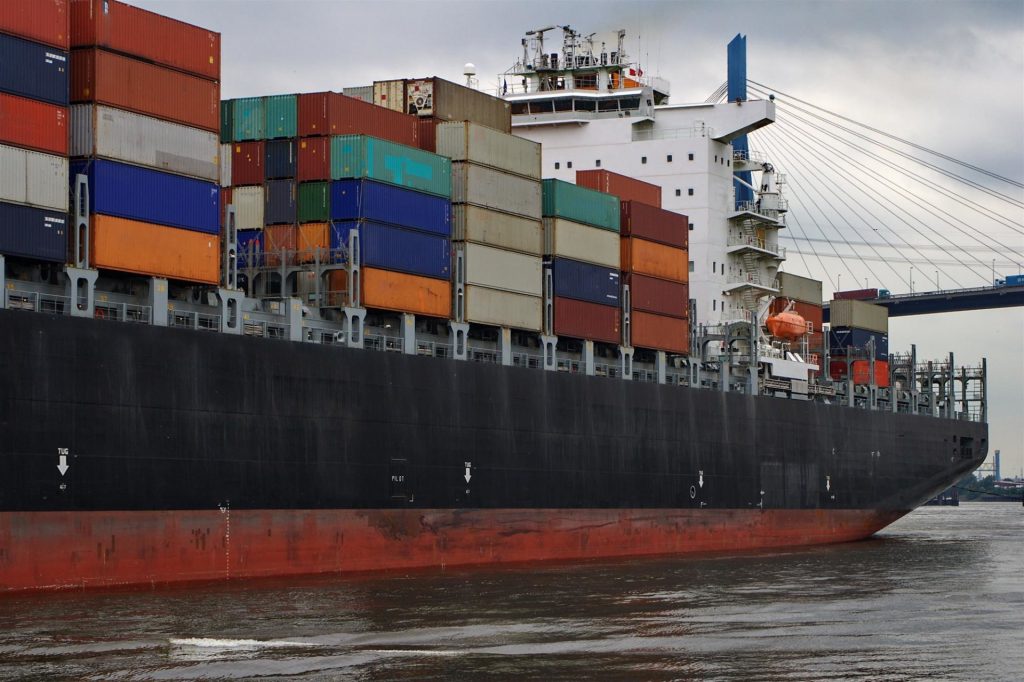
- They must maintain the vessel to ensure it is kept in seaworthy condition.
- They must provide each seaman with a place to work that’s reasonably safe.
Although the above responsibilities may sound like the same thing, they are not. A seaman can become injured as the result of an owner’s neglect of maintenance of a vessel. They can also become injured as the result of unsafe conditions in their specific working area.
Low Burden of Proof
Because the requirements of the Jones Act are so strict, nearly any negligence on the part of the employer can result in liability. Additionally, seamen seeking compensation for their injuries only need to prove their employers’ negligence played a part, regardless of how small, in those injuries.
What Does “Seaworthy” Mean?
As mentioned earlier, one of the two responsibilities of employers is to ensure that their vessels are kept in seaworthy condition. This means that vessels must be found to be adequate in terms of their character, maintenance, and design, to allow seamen to perform their duties in relation to the ship’s operation. Interestingly, even if vessel owners act reasonably, they can still be held liable for an unseaworthy vessel if it or any of its parts were deemed unfit for the intended function.
What Is Maintenance and Cure?
Maintenance and cure refers to the employer’s provision of care for an injured seaman. The maintenance aspect covers the care of the seaman in terms of certain expenses. These expenses include food, property taxes, homeowner’s insurance, and mortgage or rent, but excludes items like car payments and telephone bills.
The cure aspect of this law refers to the provision of coverage for the injured seaman’s medical expenses. Together, maintenance and cure provides injured seamen with compensation until they’ve recovered as much as possible from a medical standpoint.
Details of the LHWCA
The LHWCA, also known as the Longshore Act, falls under federal workers’ compensation law. The Longshore Act covers any maritime employees who are not classified as seamen, but who work either on the water or near it. The Act works like other types of workers’ compensation.
However, maritime employees seeking compensation under the LHWCA will generally receive more compensation than non-maritime employees seeking state compensation. Maritime workers seeking compensation from the Longshore Act will also receive coverage for permanent partial disability.
Maritime Work
In order to be eligible for compensation under the LHWCA, an employee must perform active maritime duties, which include any acts related to marine transport or the water which contribute to the employer’s maritime business. This includes employees who have direct contact with the ship, such those who repair, build, or load them.

However, those who drive the trucks that transport containers away from a ship, and even the mechanics who repair those trucks, can be eligible to receive compensation under the Longshore Act. Yet, those working in a marina office or who work for a stevedore would not qualify, as they are not actively engaged in employment putting them in direct contact with a ship.
Other employees typically excluded from coverage under the LHWCA include those classified as seamen, workers in the aquaculture industry, those who repair recreational vessels, and those who build recreational vessels under 65 feet in length.
Location
Location is another determinant of coverage for maritime employees. Also referred to as a situs test, an employee’s location must be on, near, or adjacent to navigable waterways. One part of location refers to the proximity of an employee to the water while engaged in work at least part of the time.
Those working on dry docks, wharves, terminals, and piers that are used by their employer for the purpose of building, repairing, dismantling, loading, or unloading will typically qualify as being in a location that is covered by the LHWCA—but how far away is too far to qualify? Generally, maritime employees working approximately one mile or more away from terminal or shipyard borders or the water itself may not qualify for coverage for their offshore injuries.
Damage Recovery Amounts
Seamen under the Jones Act seeking compensation for their injuries can receive wage compensation, as well as medical benefits. They can also receive monetary compensation for their loss in earning capacity and pain and suffering on the physical and mental level. In terms of earning capacity, seamen can request dollar-for-dollar compensation.
Under the LHWCA, compensation is payable, but it is capped at minimum and maximum amounts. These amounts are determined yearly by the U.S. Department of Labor, according to national wage data. The maximum amount that any maritime employee can receive under the LHWCA is 200% of the national weekly wage average. The minimum that they can receive is equal to 50% of the nation’s weekly wage.1
Should the average weekly wage fall below the minimum, maritime employees will be compensated according to the average weekly wage. Should 2/3 of average weekly wage fall below the minimum, compensation will occur at the minimum amount.
The Right Representation Makes All the Difference
In order to ensure you get the compensation you deserve for your injuries, you need an attorney who is experienced in the complexities of maritime law. Maintenance and Cure, of Schechter, Shaffer & Harris, is a firm which will not only benefit you with the combined experience of its lawyers but which will fight for you to get you the fair settlement for your injuries that you deserve.
Whether you’re a seaman or maritime worker who has become injured as a result of your employment, we can help. Don’t wait; call us today to be directly connected to an experienced maritime injury lawyer: 713-364-0723.
Source:



